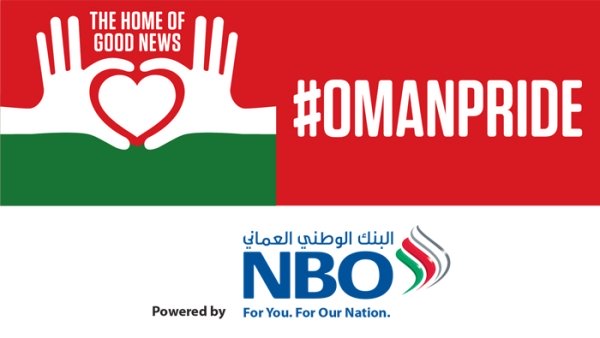
Muscat: Oman is in a much better position on issues related to girls when compared to other countries in the region, the United Nations Population Fund representative in Oman (UNFPA) has said.
Speaking on the sidelines of the GCC launch of UNFPAs annual report, which is themed around development of ten year old girls, Asr Ahmed Tososn, UNFPA representative to Oman, said that girls faced several handicaps in the region and beyond.
**media[523751]**
“Girls are less likely than boys to complete schooling and more likely to face forced marriage, child labour, female genital mutilation and other undermining practices,” he said.
“More than half of the world’s 60 million 10-year-old girls live in the 48 countries with the worst gender inequality.
“$21 billion a year dividend for developing countries can be unlocked if all 10-year-old girls complete secondary education.”
As opposed to other countries in the region, Ahmed says that Oman is in a much better position when it comes to these issues, “We don’t think there is such problem in Oman, however it does exist in other countries in the region especially in countries with humanitarian crisis.
“In the Arab region, there are so many countries which are undergoing serious humanitarian crisis and it seems that the challenges related to young girls actually become worse by humanitarian crisis, simply because of the lack of rule of law, lack of social safety net, there is no more awareness. NGOs are more or less dysfunctional, so these are some of the challenges characterised with crisis in the Arab region.”
He also said that Oman is a role model to other countries in the development of its health sector.
“I think Oman is actually been a role model when it comes to the health sector, for example the health coverage in the country. Oman is a wide country, area wise and compared with many countries in the region, it has been cited time and time again as a country that has achieved a lot of breakthroughs in the health sector.
“So this is one area, another area is when it comes to statistics, I think Oman has achieved a lot of progress in statistics, data analysis, documentation, and so on that enables decision makers to receive the right information at the right time,” said Asr Ahmed Tososn, UNFPA representative to Oman.
Highlighting some of the important points from the UNFPA State of World Population 2016 report Tososn said that main theme is investing in 10-year-old girls, which could yield huge demographic dividend, pump billions into national economies
“We have been working in Oman for a while now, the office opened in the year 2006 and we have been actively working on all the sectors- which are basic parts of our mandate - our mandate covers four areas- reproductive health, population development, statistics and census and so on, and youth development and women empowerment, and through our work, we haven’t detected any issue which exists in Oman which needs to be addressed by our organisation.” “There is a lot of potential in Omani youth and pop in general and these potential are being harvested to a great extent by the available resource provided by the government.”
UNFPA helps the governments to generate gender segregated data which helps them to take decisions and draw policies that help girls achieve their potentials.
It also provides technical assistance to mainstream gender equality and provides women with the needed life skills through programmes conducted in more than 150 countries all over the world.
UNFPA state of the world report indicates that the challenge now is to scale up these interventions to reach more girls, especially the poorest and most vulnerable, by age 10.